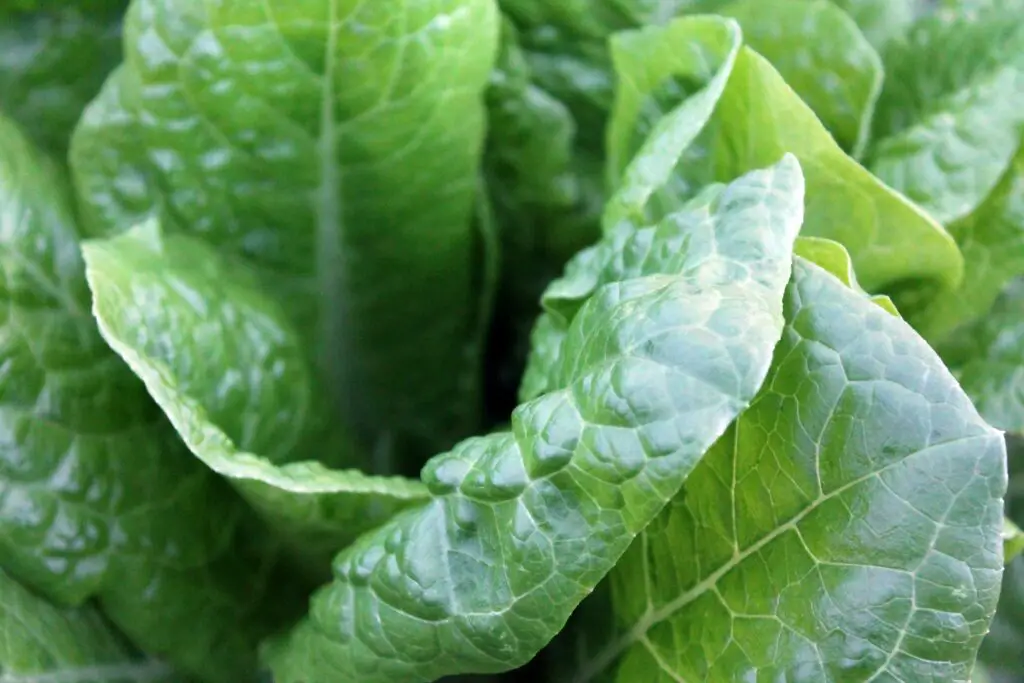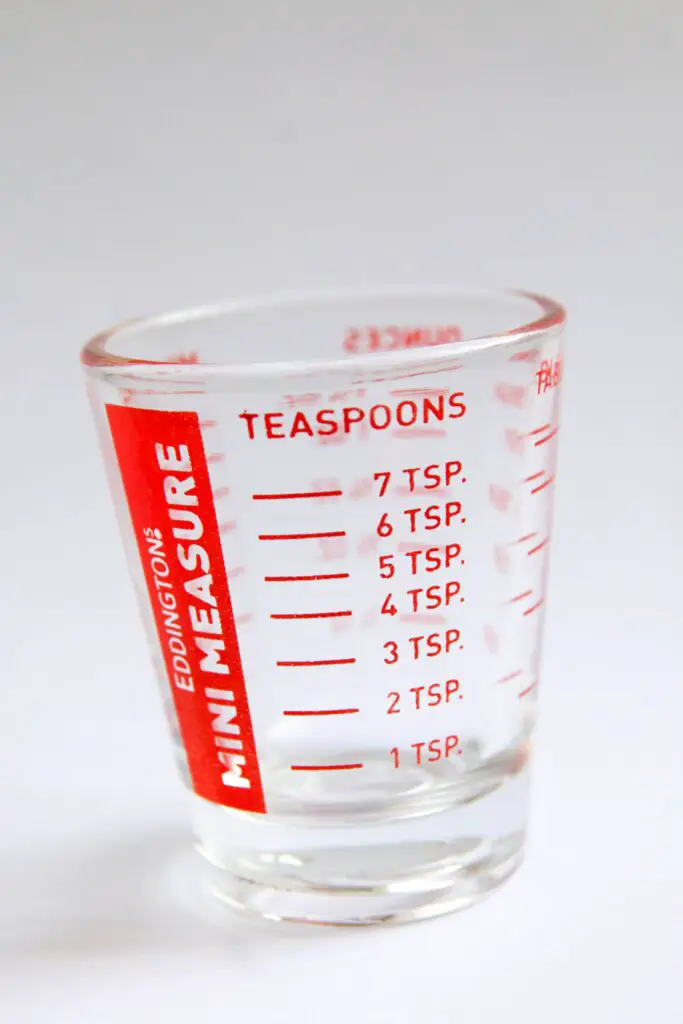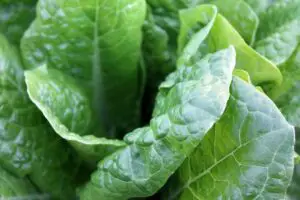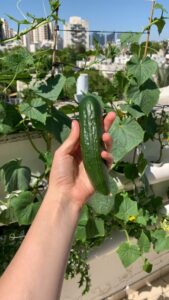If you are new to hydroponic gardening, you may be wondering what NPK is and why it is important. NPK stands for nitrogen, phosphorus, and potassium, which are the three main nutrients that plants need in order to grow and therefore the main ingredients in most fertilizers.
In this blog post, we will go through a beginner’s guide to NPK, including ratios for hydroponic plants, and how to make your own NPK hydroponic nutrients at home!
P.S
The best-known NPK fertilizer is the 20-20-20. Many people don’t even know what 20-20-20 in its name stands for 20-20-20 fertilizer for hydroponics. So if you are here only to ask if 20-20-20 fertilizer can be used as a hydroponic fertilizer – the answer is yes.

What is NPK?
NPK is an abbreviation for the chemical elements nitrogen (N), phosphorus (P), and potassium (K). These are the three essential nutrients that plants need to grow. Using these three nutrients right will promise your plants will reach their optimal growth.
Nitrogen
Nitrogen is one of the most important nutrients for plants because it helps them to grow leaves and green stems. It is also necessary for the production of chlorophyll, which helps plants to absorb sunlight and convert it into energy.
phosphorus
Phosphorus is another essential nutrient for plant growth. It helps plants to produce flowers and fruit and also aids in root development. For fruity plants like tomatoes, raspberries etc, you may want to use more phosphorus.
potassium
Potassium is the third essential nutrient that plants need. It helps to promote strong root growth, increases resistance to disease, and improves the overall health of plants.
It is essential for hydroponic gardening. In regular gardening, plants get their nutrients from the soil. In water alone, NPK replaces these nutrients to make the water nutrient-rich and allow the plants to grow soilless, only in water.
Is NPK enough for hydroponics?
I was asked more than once “is NPK enough for hydroponics?”
The answer is no. in addition to NPK, hydroponic plants also need micronutrients like iron, zinc, and copper. However, these are typically found in the water already or can be added with NPK.
Nutrient balance is important for the health of your plants, no matter what method you are using to grow them. NPK hydroponic nutrients are just one part of the equation, but they are an important part! I hope this guide has helped you understand a little bit more about NPK and how it can benefit your plants.
Can NPK be organic?
In another article in this blog, I discussed whether hydroponic plants are considered organic. There are organic fertilizers for hydroponic systems, giving your plants all the nutrients they need.

How to use NPK?
how to use NPK in hydroponics?
When buying or making your NPK, just add it to the water by following the directions on the package or recipe. NPK for hydroponic plants is typically mixed at a lower concentration than for soil-grown plants because they are more sensitive to nutrient burn.
The most important thing to remember when using NPK in hydroponics is to maintain the right ratio of nutrients for your plants.
What is the best npk ratio for hydroponics?
There is no one best NPK ratio for hydroponically grown plants. It depends on the type of the plant and its stage.
What is the ideal NPK ratio for hydroponic plants?
The ideal ratio of NPK for hydroponic plants will depend on the specific plant you are growing and what stage of growth it is in. For example, during the vegetative stage, when plants are mostly focused on growing leaves and stems, a higher nitrogen ratio will be ideal. Whereas during the flowering stage, when plants are producing flowers and fruit, a higher phosphorus ratio will be necessary.
Bottom line: different plants in different stages call for different NPK ratios.
hydroponic plants need more NPK. Regular plants will get some of their nutrients from the soil, hydroponic plants will need more NPK because they are not getting any from the soil.
The ideal NPK ratio for hydroponic plants will vary depending on the specific plant and what stage of growth it is in. However, a common range for most plants is between 15-30-15 (N-P-K).
These plants include: Tomatoes; Cucumbers; Lettuce; Spinach; chard; cabbage; Kale; Cabbage; Broccoli: Brussels Sprouts; Lettuce; Beets,
How to measure the NPK level in water?
The easiest way to measure the NPK level in your hydroponic system is with test strips, which you can purchase at most garden stores. And Yes, there is such a thing as a hydroponic NPK meter.
If the NPK levels are too high, it can lead to nutrient burn, where the leaves of the plant turn brown and begin to die. If the NPK levels are too low, the plant will not be able to grow properly and may even die. you can fix the level by adding more or less of the specific nutrient. if you have too much NPK in the water, just drain some of the water until you reach the desired level.
Making your own NPK hydroponic nutrients
option 1
If you want to save money, you can also make your own npk hydroponic nutrients at home with common household items! All you need is some water, Epsom salt, baking soda, and vinegar.
-Epsom salt is made up of magnesium and sulfate, which are essential nutrients for plants.
-Baking soda contains sodium, which is an important nutrient for plant growth.
-Vinegar is a source of nitrogen, phosphorus, and potassium.
To make your own npk hydroponic nutrients, simply mix together equal parts
option 2
How to make NPK fertilizer at home for hydroponics?
You can of course buy your NPK, but you can also make it at home with just a few simple ingredients. There are a few different recipes that you can use, depending on what ingredients you have available.
Here is a basic recipe for NPK hydroponic nutrients:
Ingredients:
-Urea (46-0-0)
-Superphosphate (0-46-0)
-Potassium sulfate (0-0-50)
Instructions:
-Mix together one gallon of water and two tablespoons of urea.
-Then, add one tablespoon of superphosphate and potassium sulfate to the mixture.
-Stir until all of the ingredients are dissolved and your NPK hydroponic nutrients are ready to use!
Conclusion
That’s it for our beginner’s guide to NPK for hydroponic gardening! We hope that this has helped to clear up any confusion and that you are now armed with the knowledge of how to provide your plants with the nutrients they need to thrive! Happy gardening!






